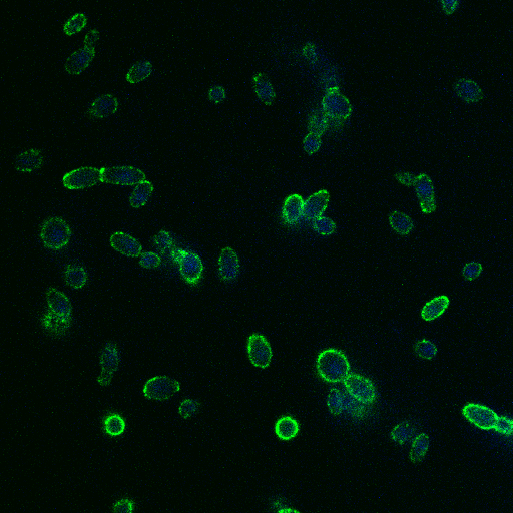Candidiasis
Fungal infections, also called mycoses, are important causes of morbidity and mortality in humans. Majority of fungal pathogens are restricted to the opportunistic immunocompromised box. However, the spectrum of fungi that can infect humans are expanding globally with the advent of sophisticated medical advances like catheterization, the increasing use of immunosuppressive drugs and the unwarranted use of antibiotics. In fact, Centre for Disease control USA estimates about 99,000 deaths a year due to infections acquired from hospital, also known as nosocomial infections. Opportunistic infections caused by Candida are on the rise globally and newer pathogenic species are emanating at an unprecedented rate. What are not evolving at the same pace are the current methods of diagnosis and treatment options leading to misdiagnosis and clinical failure. The last decade has witnessed the emergence of newer species called Candida auris is a multidrug resistant, emerging agent of fungemia in humans. Its actual global distribution remains obscure as the current commercial methods of clinical diagnosis misidentify it as C. haemulonii. We have generated the first draft genome of C. auris to explore the genomic basis of virulence and developed a PCR based method that could be employed for differential diagnosis (BioProject accession number PRJNA267757). The genome spans around 12.49Mb with 8527 predicted genes. Functional annotation revealed that among the sequenced Candida species, it is closest to the hemiascomycete species Clavispora lusitaniae. Comparison with the well-studied species Candida albicans showed that it shares significant virulence attributes with other pathogenic Candida species such as oligopeptide transporters, mannosyl transfersases, secreted proteases and genes involved in biofilm formation. We also identified a plethora of transporters belonging to the ABC and major facilitator superfamily along with known MDR transcription factors which explained its high tolerance to antifungal drugs. Current focus of the lab is to elucidate mechanistic aspects of virulence and drug resistance as well as to discover novel drug targets. (Chatterjee S et al., BMC Genomics. 2015 Sep 7;16(1):686)

